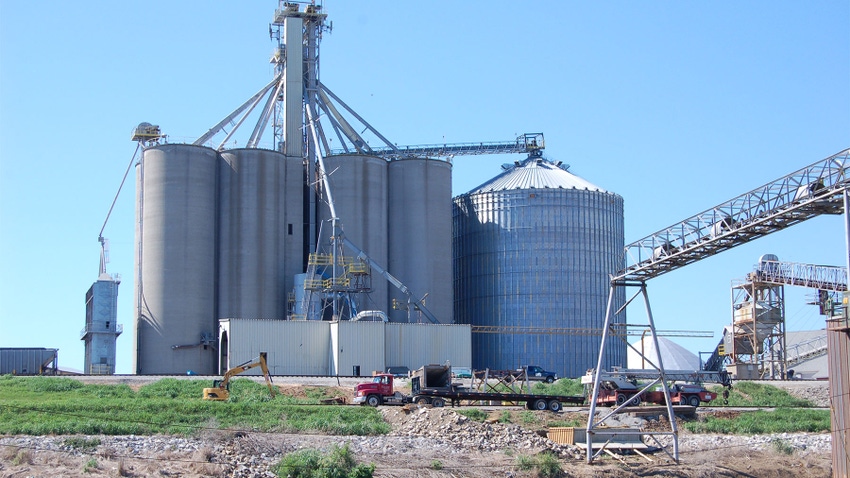
You might not believe listening to a market analysis by someone known as “Dr. Doom” in his own state would be encouraging. Gloom, doom, sunshine and bright skies are all relative.
Heading into 2024, Chad Hart paints a somewhat more encouraging picture for grain prices than USDA does. When the Iowa State University Extension ag economist spoke to farmers at the Purdue Top Farmer Conference in early January, USDA’s latest estimates for 2024 average prices were $4.50 per bushel for corn and $11.30 per bushel for soybeans.
“It’s true that many people call me Dr. Doom in Iowa,” Hart quipped. “But I don’t believe I am as pessimistic as some people when it comes to the 2024 corn and soybean price outlook.”
Purdue Extension ag economist Michael Langemeier puts the breakeven price for corn in 2024 at $5.01 per bushel. Forecasts from other universities are in that ballpark, with the breakeven for soybeans at around $12 per bushel.
Soft landing?
“There are indications that the U.S. average corn price could approach $5 per bushel for 2024, with the average soybean price around $12 per bushel — both right at the breakeven cost of production,” Hart said. “Compared to highs in 2021, that would be returning toward normal. Over time, prices for goods in high-volume, low-margin industries return to normal, around the cost of production.
“I believe that the key to making it happen will be exports. U.S. exports of corn and soybeans fell from record highs for bushels in 2020 and for dollars in 2022. Now, they’re starting to rebuild for corn, and they may soon start rebuilding for soybeans.”
If that happens, corn, soybeans and U.S. agriculture, in general, may slide into a soft landing economically instead of a crash landing, Hart said. It’s a soft landing if crop prices stabilize around the breakeven cost of production. From 2017 through 2019, prices fell below cost of production, producing some tough years for agriculture.
Export picture
Here is why Hart believes exports could rebuild, starting in ’24:
U.S. corn exports. Corn exports set a record in 2020 at 2,747 million bushels, according to USDA. They dropped to 2,471 million in 2021, but the dollar amount was a record due to higher prices. They dropped again to 1,661 million in 2022 but began rebounding in 2023 at 2,100 million. The USDA projection for 2024 is 2,050 million bushels.
Hart expects strong production, around 15 billion bushels or more, into the near future. Even with good demand for corn for feed and ethanol, it will take rebuilding export demand to move lots of bushels.
“Our biggest demand is in Southeast Asia, because that’s where a big chunk of the global population lives,” Hart said. “They felt inflation too, but as it eases and average income rises, demand for U.S. grains will return.”
China is the fourth-largest buyer of U.S. corn. Mexico is No. 1, followed by Japan and Colombia. “You might not think of Colombia as a large corn importer, but it is an example of what free trade agreements can do,” Hart said. “Those are important to agriculture.”
U.S. soybean exports. The trend is similar for soybeans, except it may take longer for exports to rebuild, Hart said. Soybean exports went from 2,266 million bushels in 2020 to 2,158 million in 2021, then fell to 1,992 million in 2022 and 1,750 million in 2023. USDA pegs soy exports at 1,925 million bushels for 2024.
China is the largest soybean market for the U.S. by far, still accounting for about 54% of soybean exports, even after declines since 2020. Mexico is second, followed by the European Union and Japan.
“China is the key to increasing exports in soybeans,” Hart said, adding that late in 2023, there were signs China was beginning to nibble at the U.S. soybean market again.
Read more about:
ExportsAbout the Author(s)
You May Also Like




